End: 16 Aug 2015
Location: Metropolitan Museum of Art
Address: 1000 5th Ave, New York, NY 10028, United States
In what is one of the biggest exhibitions undertaken by the Metropolitan Museum of Art in New York, the China: Through the Looking Glass exhibition which took more than 2 years to plan, showcases 150 dresses, gowns, costumes and accessories from 40 designers.
The new exhibition which opens and 7 May and runs through 16 August, is organized by The Costume Institute in collaboration with the Department of Asian Art, will explore the impact of Chinese aesthetics on Western fashion, and how China has fueled the fashionable imagination for centuries.
High fashion will be juxtaposed with Chinese costumes, paintings, porcelains, and other art, including films, to reveal enchanting reflections of Chinese imagery.
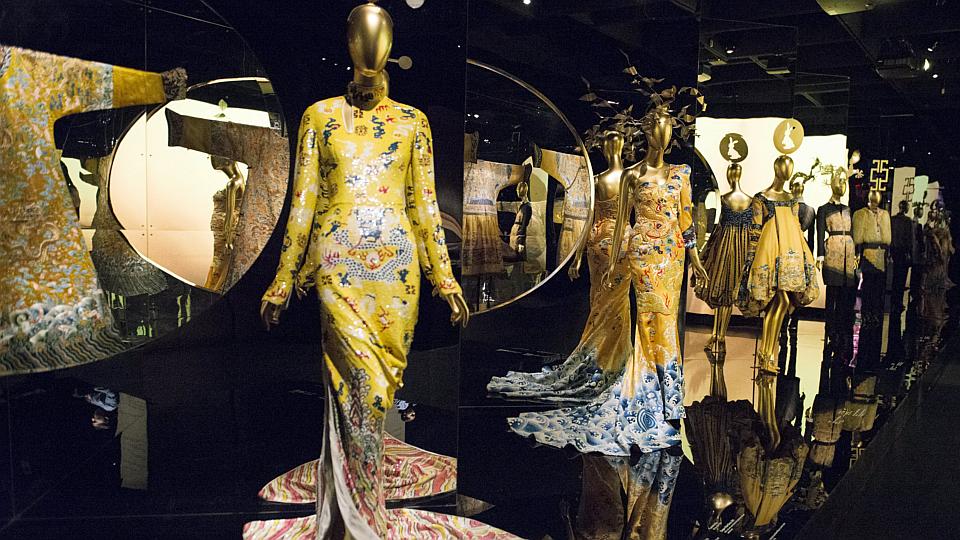
Encompassing a display space of 30,000 square feet over two floors, the exhibit shows how Western designers found inspiration in all things Chinese, from the elaborate embroidered costumes of Imperial China to Shanghai in the 1920s, up to the military garb of the Cultural Revolution.
"It is a monumental, immersive exploration of the influences of Chinese art and film on western fashion's greatest design talents," said Thomas P. Campbell, the director and CEO of the Metropolitan.
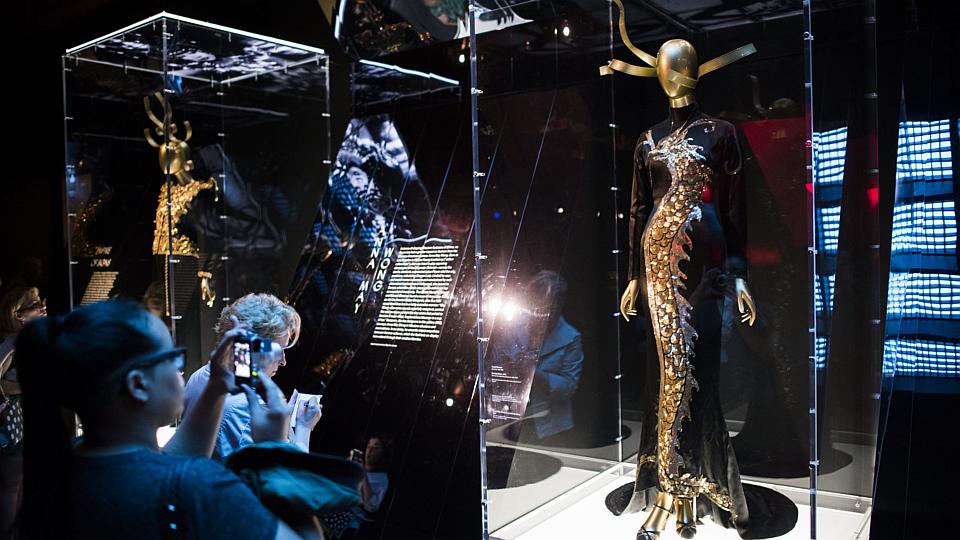
The exhibition takes its name from Lewis Carroll's 1871 novel "Through the Looking-Glass, and What Alice Found There," because it is about entering another world.
"Like Alice's make-believe world, the China reflected in the fashion in the exhibition is fictional, fabulous and ancient, offering an alternate reality," said curator Andrew Bolton, adding it is about the collective fantasy of China.
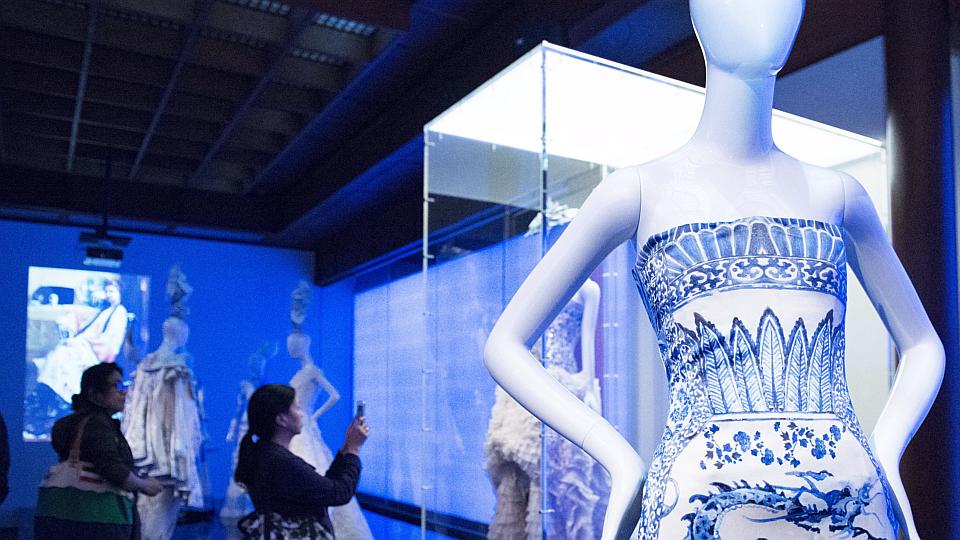
A maze of galleries showcase Chinese calligraphy, perfume bottles and blue-and-white porcelain along with print dresses, fabulous beaded gowns and embroidered jackets by the Western designers influenced by them. One room is devoted to opium and the Chinese impact on Yves Saint Laurent's 1977 Fall/Winter collection with its Mongol-influenced fur jackets and coats.
Filmic representations of China will be incorporated throughout to reveal how our individual visions of China are framed by narratives that draw upon popular culture, and also to recognize the importance of cinema as a medium through which to understand the richness of Chinese history.






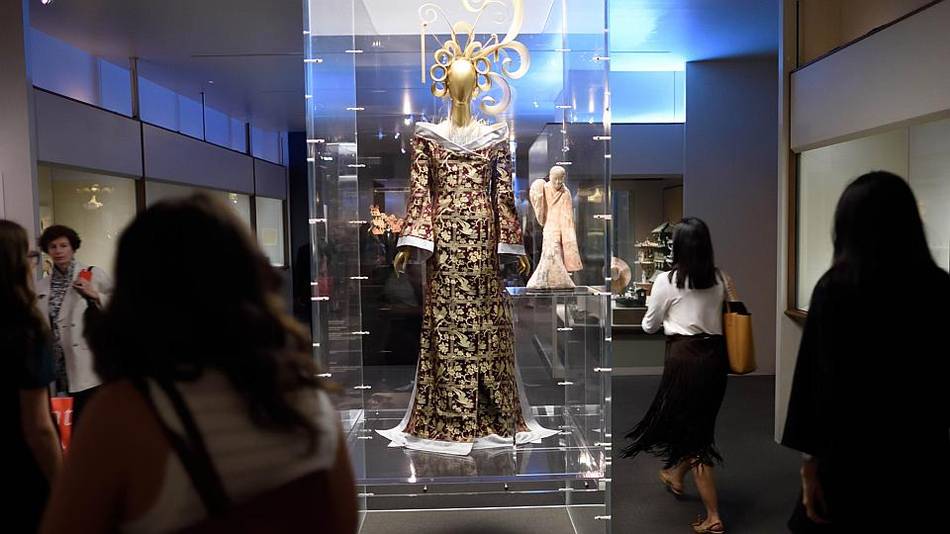






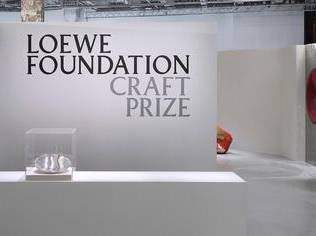

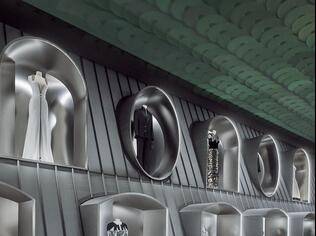





SENATUS Member Comments